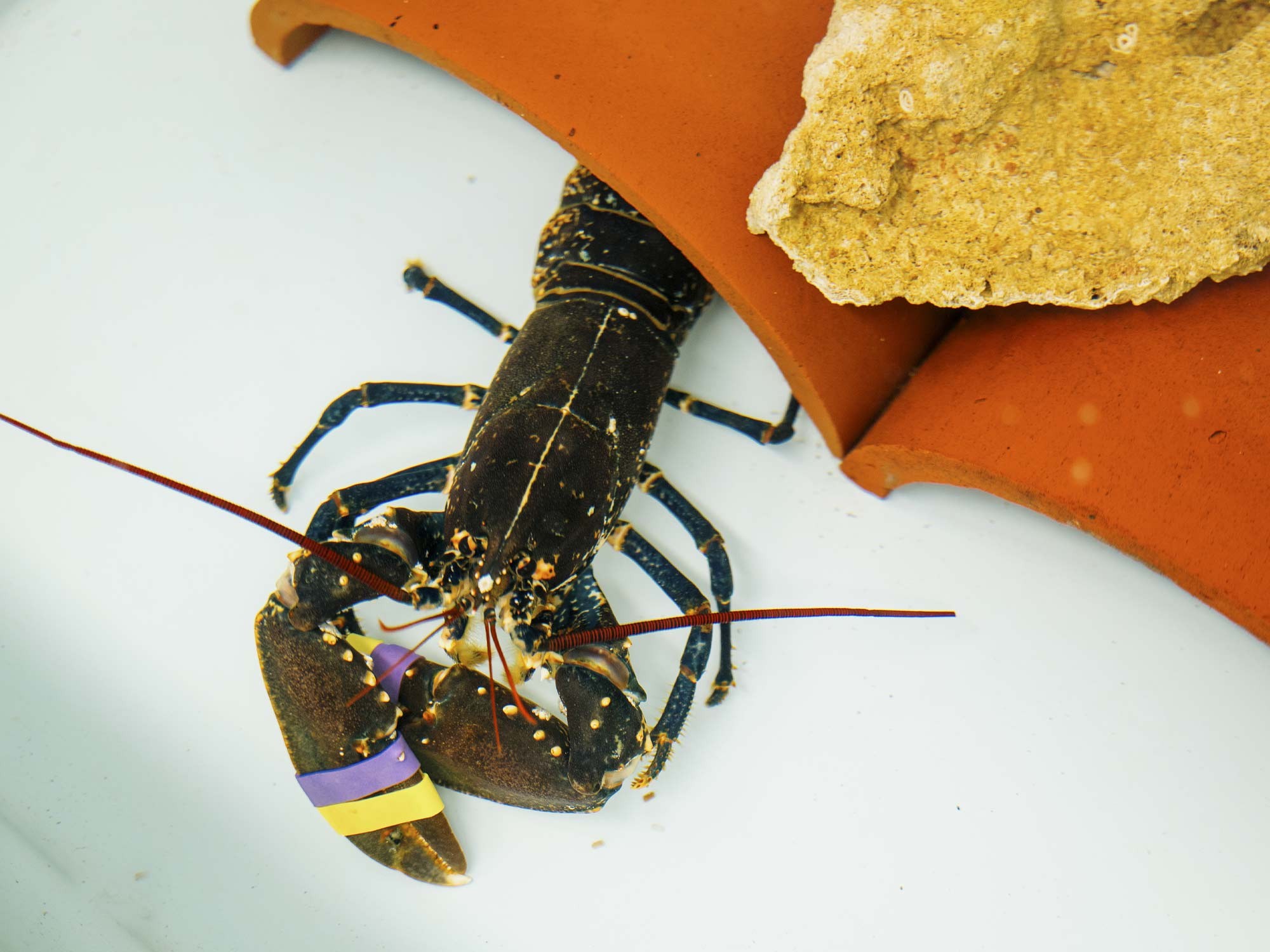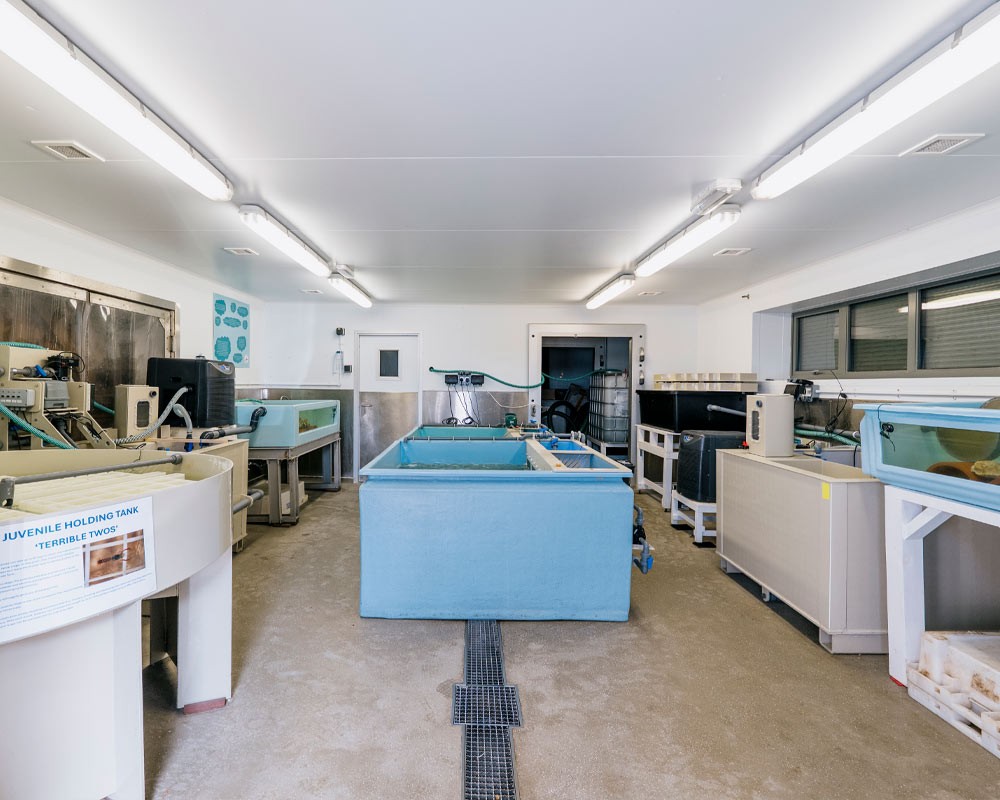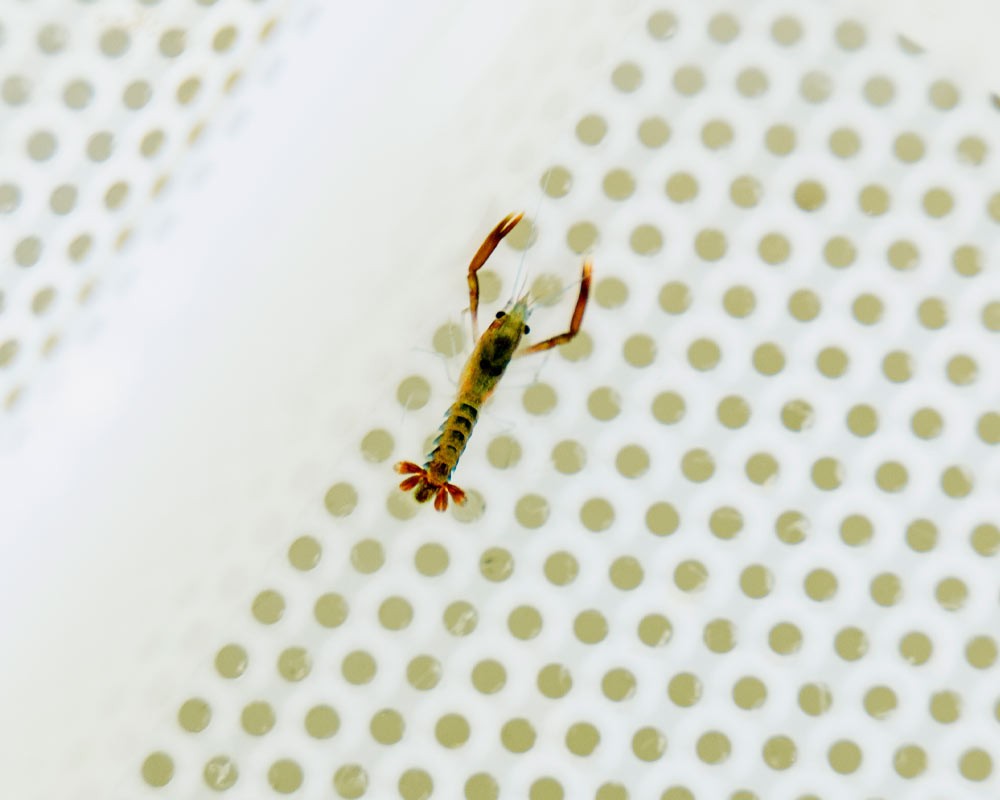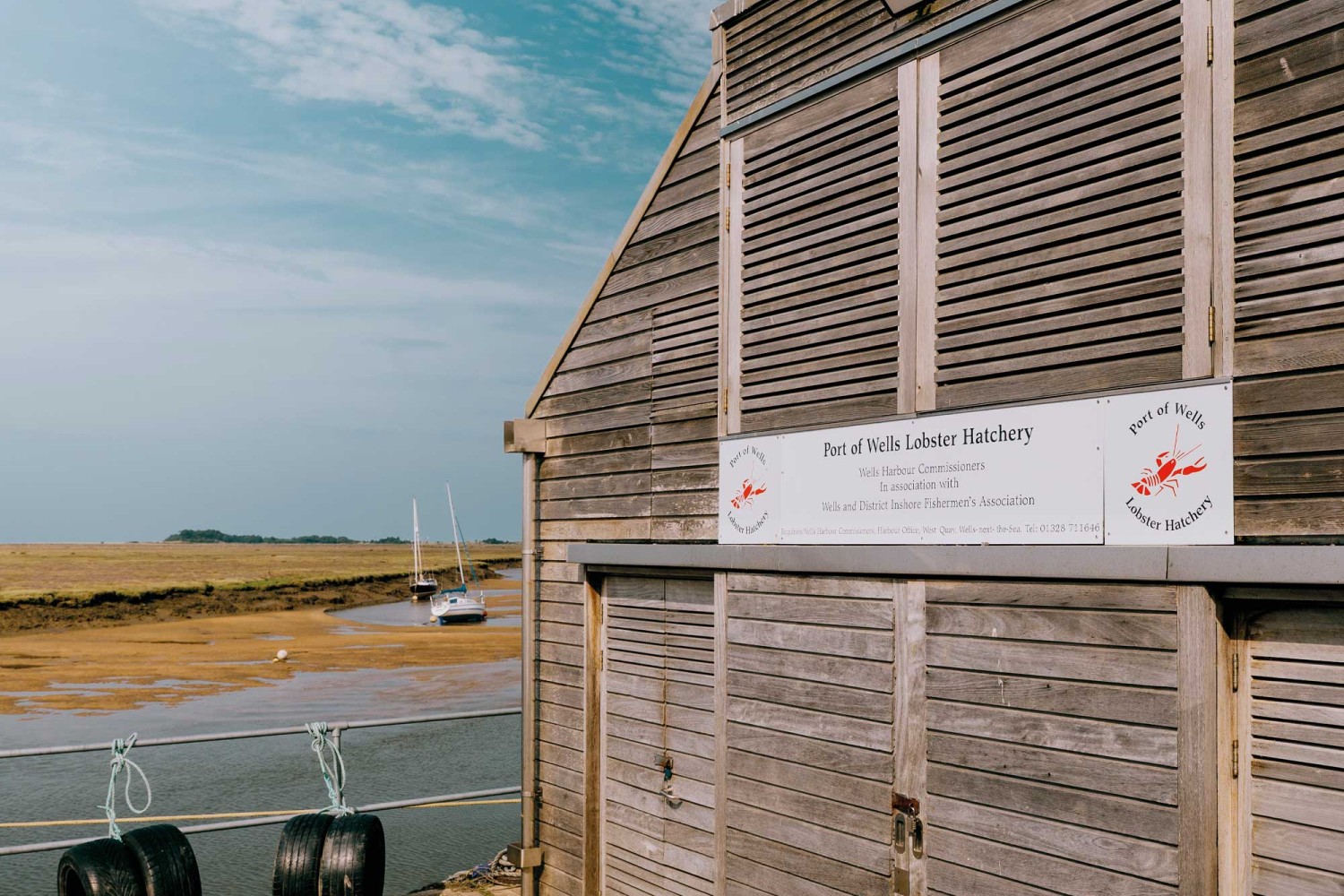
A journey of marine conservation
In the heart of Wells-next-the-Sea, an inspiring team is working tirelessly to protect local lobster populations and preserve the town’s proud maritime heritage
Fishing has shaped Norfolk’s coastal character and economy for centuries, supporting livelihoods and providing some of its most celebrated exports of shellfish. With demand for fresh seafood ever-growing and local boats continuing to bring in bountiful catches, it’s become increasingly important to ensure populations of the county’s most popular species are safeguarded and sustained.
The Wells Harbour Commissioners and Wells Fishermen’s Association funded a project to protect the North Norfolk ecosystem and conserve its lobster population, launching The Port of Wells Lobster Hatchery in 2021. Operating between April and September and driven by a dedicated team, it aims to carefully rear juvenile lobsters before releasing them back into the sea.
“This project wouldn’t be possible without the vital work of our staff and volunteers,” explains Harbour Administrator Tania Goodliffe, who oversees the hatchery’s daily operations. “Our local fishing fleet are authorised to bring berried hens (pregnant lobsters) into the hatchery as it’s illegal for fishermen to land female lobsters carrying eggs. Once the females have released their eggs, they are then returned to sea by their respective fishermen.”
What began with just two tanks and modest funding has grown into a dynamic conservation charity. Berried hens are housed in specially prepared tanks, which are filled with water and seaweed from the harbour to replicate their natural habitat. The water quality is monitored daily to ensure ideal conditions are maintained throughout the lobster’s pregnancy.
“The mating cycle is a lengthy process,” explains hatchery staff member Amy Hendry, who regularly leads public tours and manages the lobsters day-to-day. “The female releases her eggs as pre-larvae (or newborns) two years after the mating process. Measuring about 4mm, the pre-larvae are then transferred to a Kreisel tank that mimics the movement of the sea current. Here, the bubbles help with oxygenation and assist the larvae to moult throughout their many growth phases. At this stage, they’re
still poor swimmers and would be highly vulnerable to predators in their natural habitat.”
The female lobster carries an average of 20,000 fertilised eggs externally under her tail, attached to her swimmerets. However, only one tends to survive to adulthood in the wild.




Between the pre-larvae stage and the post juvenile stage, the tail begins to straighten and the claws gradually develop, finally giving the lobsters the ability to swim against the current. Having spent around three weeks in the Kreisel tank, the juveniles are moved to a final tank, where they’re given time to grow in strength and confidence before release.
“Even though they’re only about 15mm long at this point, their odds of survival are already much higher than before, “Amy explains. “We keep them here for another three to four weeks until they reach the benthic stage, which is when they’re ready to be released.”
The harbour office team transports the juveniles to a protected area out at sea and they are gently released down a long tube to their natural environment. They’re now ready to begin life on the ocean floor, where they take shelter and remain for up to two years.
Around 900 juvenile lobsters are released each year, far surpassing the survival rate of those born in the wild. It will be another five to seven years before any young females reach maturity and the cycle begins again.
“The long development time between fertilisation and adulthood makes conserving lobster populations absolutely crucial,” says Tania. “We’re not just raising lobsters; we’re also educating people about the importance of understanding their life cycle and the marine ecosystem. Visitors can book hatchery tours to discover what we do, donate, adopt a female lobster and follow her journey or even get involved by volunteering with us. Our small, passionate team makes our work possible.”
Wells is one of approximately six hatcheries in the UK working to preserve its local fishing heritage. The team’s expertise is now reaching beyond Norfolk, with Tania guiding other prospective hatcheries across the nation and even overseas, recently assisting with an enquiry from China.
Playing such an important role in supporting the fishing community is deeply rewarding for both Tania and Amy, and it’s no surprise that local fishermen and the Wells Harbour Commissioners remain committed to the hatchery’s vital mission. To learn more or get involved, visit wellslobsterhatchery.co.uk.

